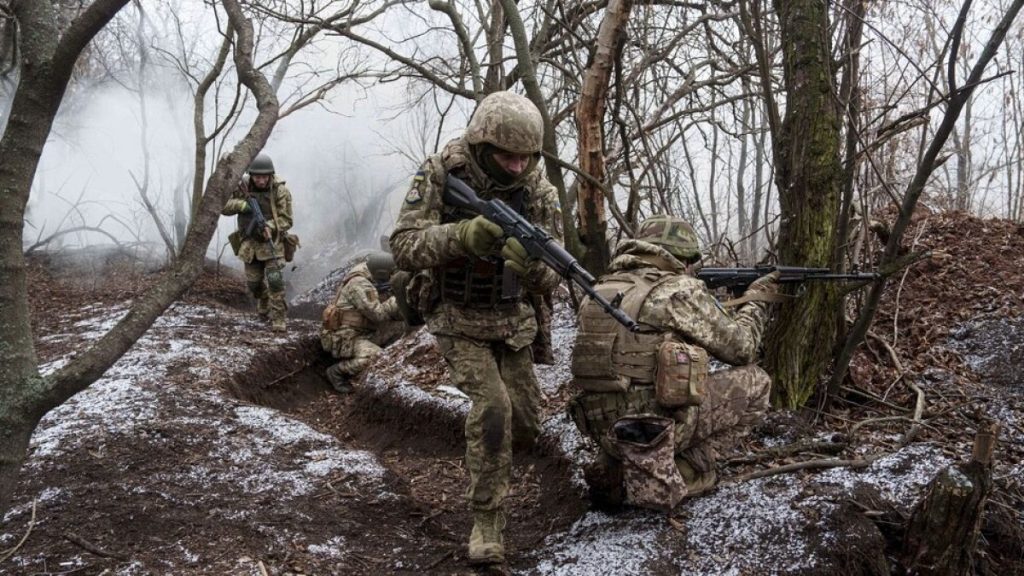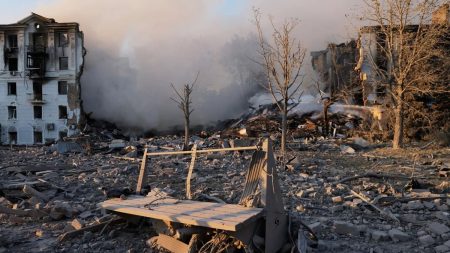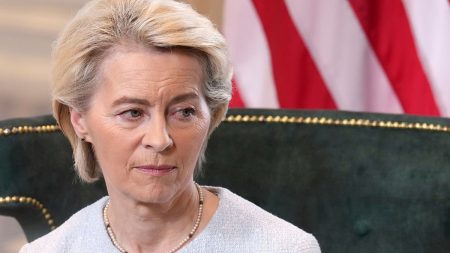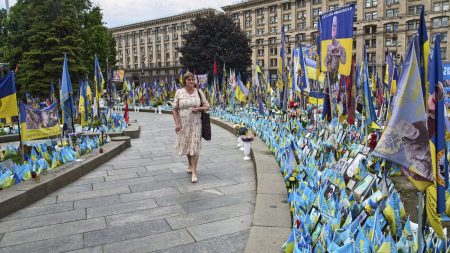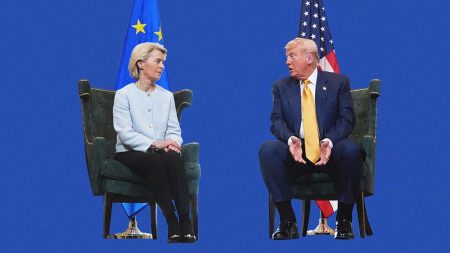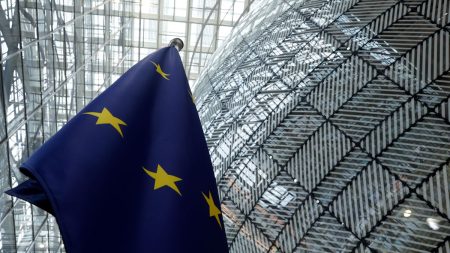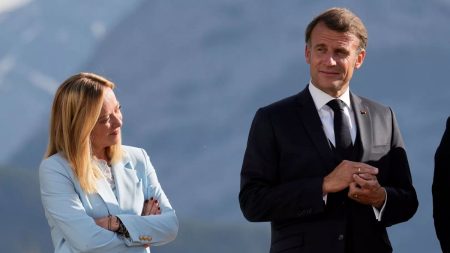The frigid landscape of Donetsk, Ukraine, serves as a stark training ground for newly recruited soldiers preparing to face Russian forces. These individuals, part of the 24th Mechanised Brigade, represent a mix of fresh recruits, unfamiliar with the realities of combat, and seasoned soldiers transferred from less active positions. Their rigorous 45-day training regimen aims to equip them with the tactical proficiency needed to navigate the complexities of the ongoing conflict. This training encompasses a wide spectrum of combat scenarios, from weapons handling and trench warfare to advanced tactical maneuvers, all designed to instill the necessary skills and confidence for survival and effectiveness on the front lines. The soldiers’ exercises, conducted amidst the snow-dusted trenches, underscore the urgency and seriousness of their preparation, a testament to the ongoing human cost of the conflict.
As the war nears its third anniversary, Ukraine finds itself at a precarious juncture, grappling with uncertainty amid the changing political landscape in the United States. The inauguration of President Donald Trump introduces a new dynamic to the conflict, with his pronouncements and policy directions holding significant implications for Ukraine’s future. Trump’s initial assertion that Ukrainian President Volodymyr Zelenskyy sought a peace agreement, coupled with his expressed hope for reciprocal action from Russian President Vladimir Putin, has generated both hope and apprehension. Trump’s subsequent warnings to Putin about the detrimental economic consequences of continued conflict, referencing Russia’s escalating inflation and the debilitating impact of Western sanctions, further complicate the geopolitical calculus.
Trump’s campaign promise to swiftly end the war has undergone a noticeable shift, evolving into a more tempered timeline of six months. This recalibration, while potentially pragmatic, underscores the complexities of achieving a peaceful resolution. Meanwhile, his nominee for Special Envoy to Russia and Ukraine, Keith Kellogg, maintains a more optimistic outlook, suggesting a negotiated settlement could be reached within 100 days. These conflicting timelines and pronouncements contribute to the prevailing uncertainty, leaving Ukraine in a delicate position as it attempts to anticipate the new administration’s approach.
Within the Ukrainian ranks, there’s a palpable awareness of the potential impact of American leadership. A serviceman known by his call sign, Kurt, articulates the sentiment shared by many, expressing the belief that President Trump possesses the capacity to bring the conflict to an end. He acknowledges the vital role of continued weapons support if an immediate cessation of hostilities proves unattainable. This highlights the inherent tension between hope for a swift resolution and the pragmatic necessity of ongoing military assistance to ensure Ukraine’s defensive capabilities.
The question of manpower within the Ukrainian military has also emerged as a point of discussion. A Trump aide’s suggestion to lower the conscription age in order to bolster troop numbers has sparked debate. Training instructors, however, contest the notion of a manpower shortage, arguing against the necessity of lowering the conscription age below 25. They emphasize the importance of maturity and life experience in preparing soldiers for the psychological and emotional demands of combat. While acknowledging the willingness of younger individuals to serve, they advocate for maintaining the current age limit, prioritizing the benefits of greater maturity and life experience over the potential gains of a broader conscription pool. This internal discussion reflects the complexities of balancing manpower needs with the imperative of responsible recruitment practices.
President Trump’s critical stance towards his predecessor’s support for Ukraine, both financially and militarily, has added another layer of complexity. His campaign rhetoric, which frequently included promises to curtail aid to Kyiv, sent ripples of concern through Ukraine, a nation heavily reliant on American assistance to counter Russian aggression. While subsequent meetings between Trump and Zelenskyy, including encounters at Trump Tower and the Notre Dame Cathedral reopening in Paris, suggest a potential softening of this stance, the long-term implications of Trump’s presidency for Ukraine remain to be seen. The world watches closely, recognizing that the evolving relationship between the United States and Ukraine under the new administration will significantly shape the trajectory of the ongoing conflict and the future of the region. The uncertainty surrounding American foreign policy adds to the already complex situation faced by the Ukrainian soldiers training in the snowy trenches of Donetsk, underscoring the precarious balance between hope for peace and the grim realities of war.




